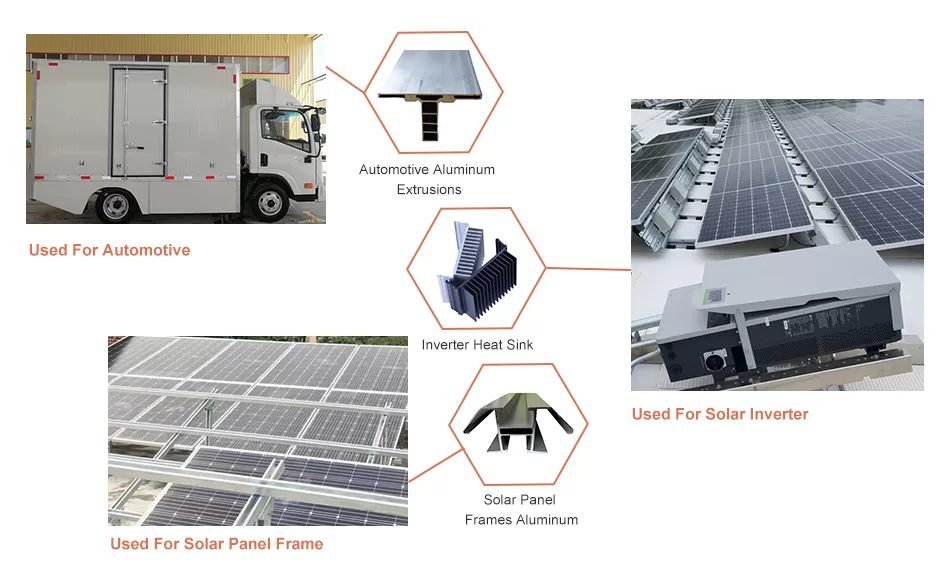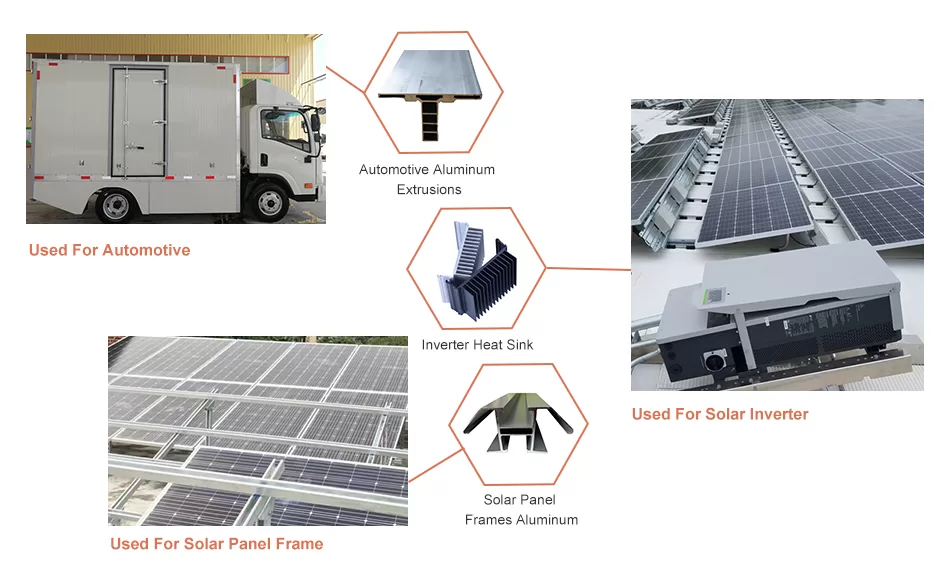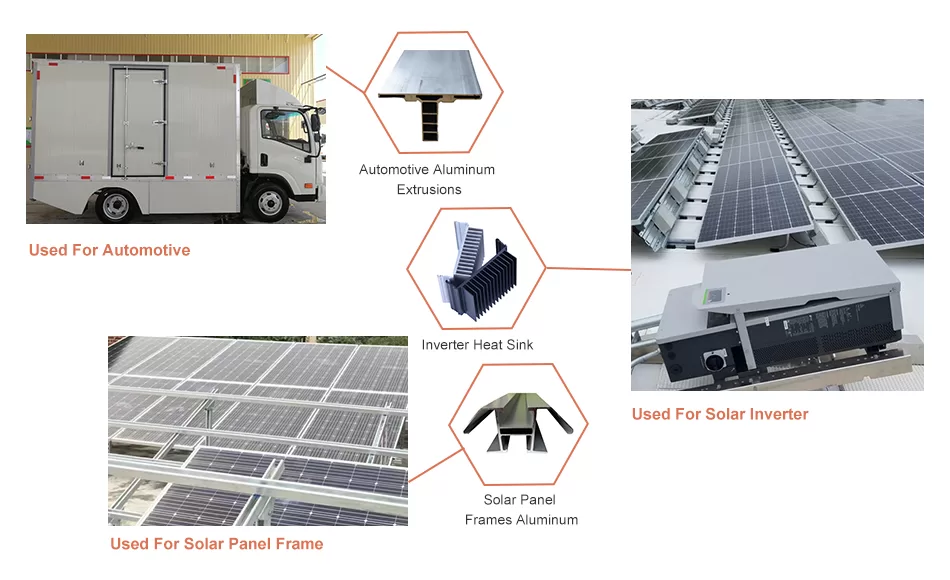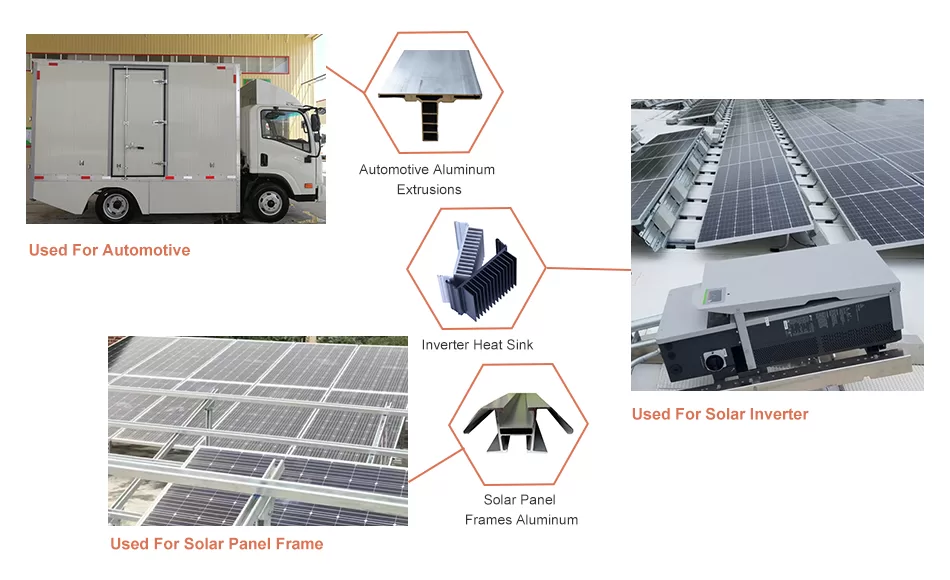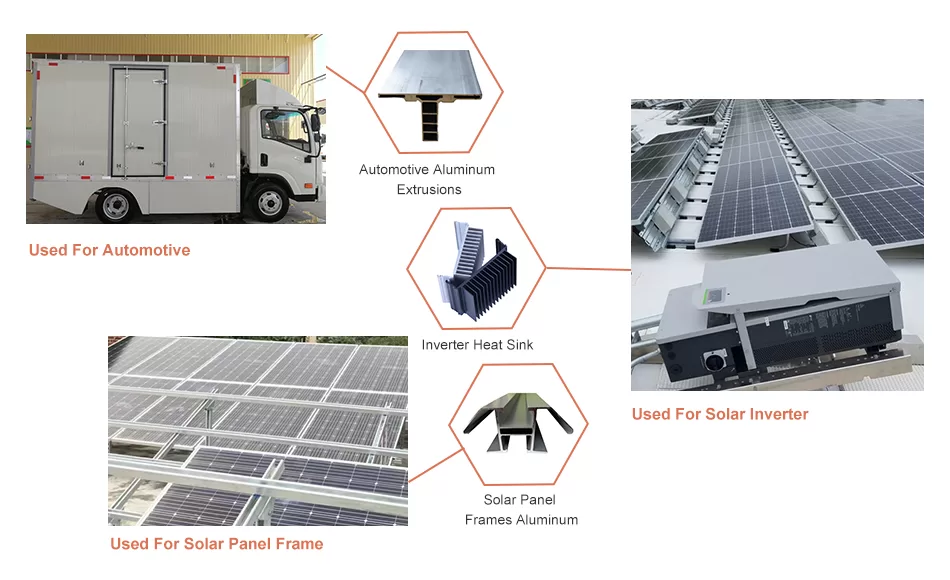When selecting 15mm aluminum tubes for your application, it is essential to consider various factors to ensure optimal performance and durability. This article provides a comprehensive guide on how to choose the right 15mm aluminum tube for your specific requirements.
Material Composition
The material composition of the aluminum tube is crucial as it determines its strength, corrosion resistance, and thermal conductivity.
– Alloy Series: The alloy series indicates the composition of the aluminum. For 15mm aluminum tubes, common alloys include 6061, 6063, and 6082, each with varying strength and corrosion resistance.
– Temper: Temper refers to the heat treatment process applied to the aluminum. T6 temper ensures high strength, while T4 or T5 temper offers better ductility and bendability.
Dimensions
The dimensions of the aluminum tube must match the requirements of your application.
– Outer Diameter (OD): This is the outer diameter of the tube, typically measured in millimeters (mm).
– Inner Diameter (ID): The inner diameter refers to the diameter of the hollow section within the tube.
– Wall Thickness: Wall thickness determines the strength and weight of the tube. Thicker walls provide higher strength but increase weight.
Surface Finish
The surface finish of the aluminum tube affects its appearance and corrosion resistance.
– Mill Finish: This is the standard, untreated surface finish that leaves the tube with a slightly rough texture.
– Anodized Finish: Anodizing creates a protective oxide layer on the surface, enhancing corrosion resistance and providing a decorative finish.
– Painted Finish: A paint coating can provide additional protection against corrosion and enhance aesthetics.
Applications
15mm aluminum tubes have wide-ranging applications, each with specific requirements.
– Construction: They can be used for scaffolding, handrails, and structural supports.
– Automotive: Aluminum tubes are employed in exhaust systems, air intake manifolds, and other automotive components.
– Hydraulics: Tubes are utilized in hydraulic systems for conveying fluids due to their lightweight and corrosion resistance.
– Decorative: Anodized or painted tubes can be used for ornamental purposes, such as railings, furniture, and architectural accents.
Other Considerations
In addition to the above factors, consider the following:
– Tolerance: The tolerance level specifies the allowable variation in dimensions.
– Length: Standard lengths are typically 6 or 12 meters, but custom lengths may be available.
– Cost: Price varies depending on material, finish, and dimensions.
Choosing the right 15mm aluminum tube for your application requires careful consideration of material composition, dimensions, surface finish, applications, and other factors. By following the guidance outlined in this article, you can select a tube that meets your specific performance and aesthetic requirements.
